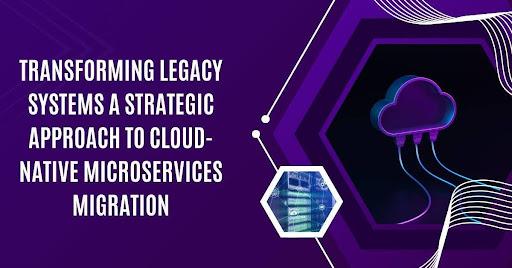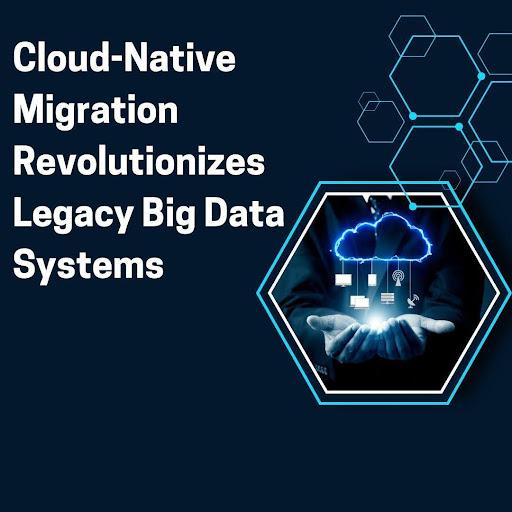In the modern era of the fast-evolving technological landscape, VijayKumar Pasunoori presents a comprehensive framework for migrating enterprise monolithic systems to cloud-native microservices. This innovative approach addresses the challenges of scalability, maintainability, and operational efficiency, providing organizations with a robust pathway for modernizing their legacy systems. By focusing on both technical and organizational dimensions, the framework ensures an effective and seamless transformation process.
The Limitations of Monolithic Architectures
Traditional monolithic architectures, while once effective for their simplicity, are now inadequate for addressing modern business demands. These systems are tightly coupled, with interconnected components creating dependencies that make scaling and maintenance challenging. A single failure in one module often impacts the entire system, increasing downtime and operational risks. As applications grow, monolithic systems hinder agility, innovation, and responsiveness to market changes.
The Case for Microservices
Microservices architecture offers a transformative alternative by decomposing monolithic applications into smaller, independent services. Each service operates autonomously, has its own database, and communicates through well-defined APIs. This modular approach enables independent scaling, fault isolation, and flexibility in using diverse technology stacks. Microservices empower development teams to focus on specific services, accelerating innovation while reducing team interdependencies.
A Phase-Wise Migration Framework
To navigate the complexities of transitioning from monoliths to microservices, a phase-wise migration framework is essential. His framework outlines the following stages:
- Assessment and Planning: Organizations evaluate their existing monolithic systems, identify business-critical functionalities, and assess architectural dependencies. Risk analysis and resource allocation lay the foundation for migration.
- Decoupling and Modularization: Tightly coupled components are identified, and modular boundaries are created. Dependency mapping ensures that communication patterns are understood, guiding decisions about service segmentation.
- Service Design and Implementation: Modularized components are transformed into independent microservices. Best practices like domain-driven design and API-first principles ensure scalability and maintainability. Synchronous and asynchronous communication protocols enhance service interoperability.
- DevOps Integration: Integrating DevOps practices, including CI/CD pipelines, containerization, and orchestration tools, is critical for reliable deployment and scaling. These practices reduce manual effort and enable continuous updates.
- Optimization and Scaling: This phase focuses on performance optimization, dynamic scaling, and monitoring. Resource allocation and cost management strategies ensure operational efficiency, while monitoring tools provide performance insights.
Overcoming Challenges in Migration
Transitioning to microservices presents both technical and organizational challenges. Managing distributed transactions and ensuring data consistency requires robust design principles and monitoring tools. Organizational resistance to change and skill gaps among teams must be addressed through communication, training, and leadership support. Aligning migration strategies with business goals helps organizations overcome challenges and achieve success.
Benefits of Cloud-Native Microservices
Adopting a cloud-native microservices architecture delivers significant benefits:
- Scalability: Services scale independently, optimizing resources and reducing costs.
- Fault Isolation: Failures in one service do not affect the entire system.
- Faster Deployment: Independent development accelerates deployment cycles, enabling quicker responses to market demands.
- Technology Agility: Teams can adopt diverse tools for specific services, fostering innovation.
Future Trends and Directions
Emerging technologies such as edge computing, service mesh, and AI-driven optimizations are shaping the future of microservices. Machine learning can enhance predictive maintenance, automated service discovery, and dynamic resource allocation. Hybrid and multi-cloud strategies offer greater flexibility and resilience, further empowering organizations to modernize their systems effectively.
In conclusion, VijayKumar Pasunoori‘s framework for migrating monolithic architectures to cloud-native microservices offers a practical and effective solution for modernizing enterprise systems. By addressing technical and organizational challenges, the approach ensures scalability, reliability, and innovation. As businesses embrace microservices, this framework serves as a guide for navigating digital transformation and unlocking new growth opportunities. Its focus on modular design and adaptability positions organizations to respond rapidly to market demands. Additionally, the framework fosters sustainable growth by optimizing resources and reducing operational inefficiencies.







